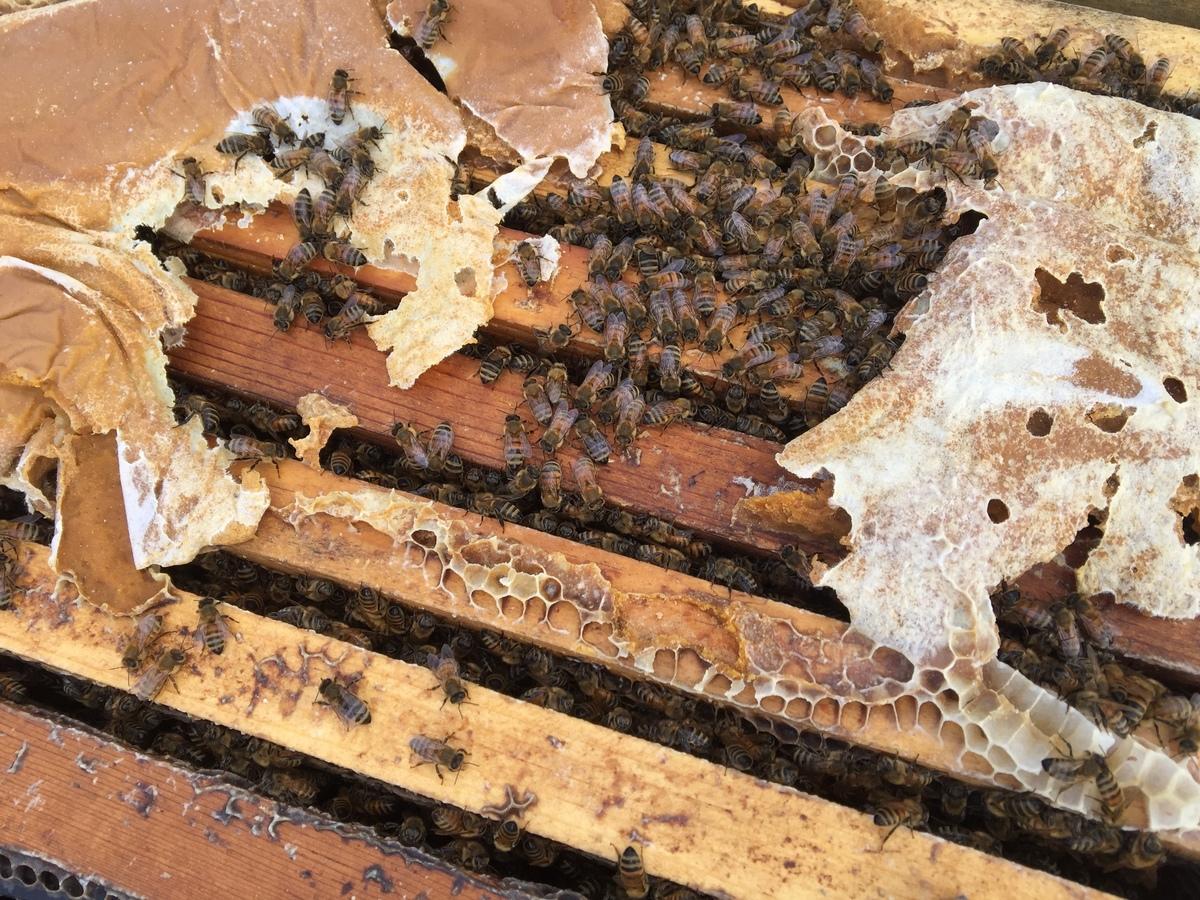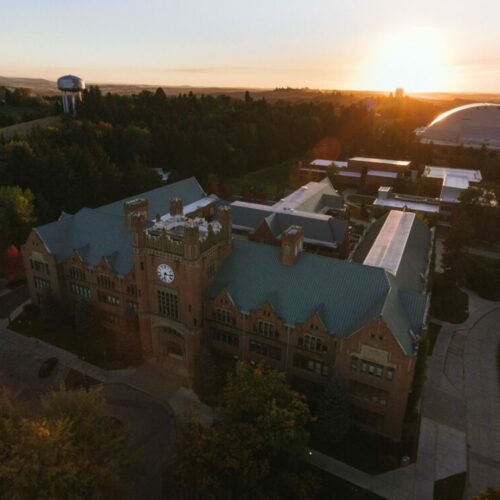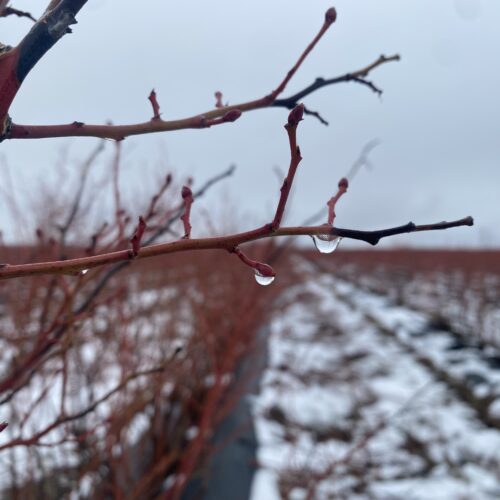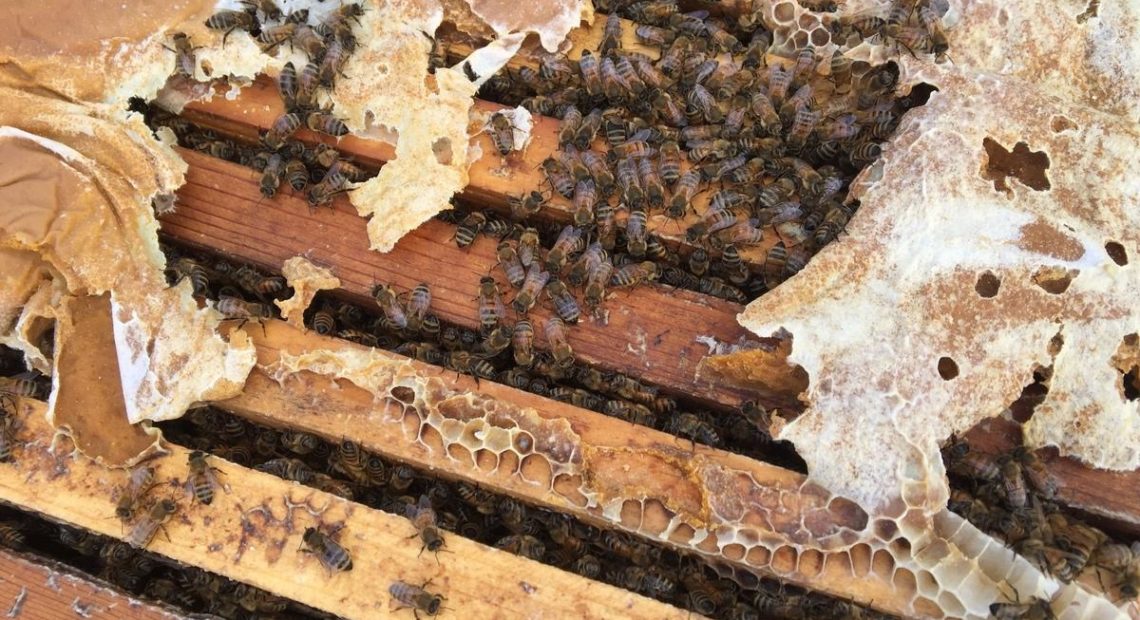
From Northwest Hives To California Almonds, Bee ‘Deadout’ Threatens Crops And Livelihoods
Listen
Almond bloom comes nearly all at once in California — a flush of delicate pale blooms that unfold around Valentine’s Day.
And beekeeper Bret Adee is hustling to get his hives ready, working through them on a Central Valley ranch before placing them in orchards.
He deftly tap-taps open a hive. “We’re gonna open this up, and you’re going to see a whole lot of bees here,” Adee says.
Under the lid, the exposed sleepy occupants hum away. He uses a handheld smoker to keep them calm and huddled around their queen.
This third-generation beekeeper works night and day with a crew of more than 35. Adee has been busy staging more than 100 semi truckloads of his honey bee hives in almond orchards over a 200-mile swath of the Central Valley.
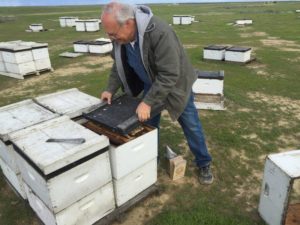
Bret Adee, a third-generation beekeeper who owns one of the largest beekeeping companies in the U.S., lost half of his hives — about 50,000 — over the winter. He pops the lid on one of the hives to show off the colony inside.
CREDIT: GRETA MART
When temperatures rise and the blooms open, his bees wake up and go to work. It’s his hives’ first yearly stop on a 6,500-mile tour across the nation.
But this almond bloom, Adee’s scrambling more than usual.
Deadouts
Adee lost more than half of his hives over the winter — 50,000. And he’s not alone.
“You know, in September, I thought we had the most awesome bees ever,” Adee says. “The bees looked incredibly good.”
Like Adee, many beekeepers across the U.S. have lost half their hives — they call one with no live bees inside a “deadout.” Some beekeepers lost as many as 80 percent. That’s unusual. And many of the hives that did survive aren’t strong in numbers.
For decades Adee says if he lost 5 percent he really got nervous. Now a 40 percent loss every few years is more common, he says. But this many lost hives across the country is concerning.
Every Hive
California almond orchards have grown so much over the past 10 years, the bloom requires nearly every commercial hive available in the United States.
Almonds have grown from 765,000 acres to 1.33 million acres in the last decade. Bees travel from as far as Florida and New York to do the job. Without these hives, there is no harvest.
Almond bloom is just as important to the beekeepers. It’s a chance to make nearly half their yearly income, and a place for the bees to work and grow early in the spring while healing up from winter.
This year, many beekeepers have had to tell their orchardists that they won’t have enough bees this year to cover their entire contracts. And some orchardists are desperately calling beekeepers. Some report pollination prices going up.
Sneaky Suckers
Experts say honey bees are dealing with many stressors: chemicals, loss of wildflowers, climate change, nutrition and viruses. But this year, a special problem might have taken down the honey bees more than usual.
A tiny parasite called the varroa mite sucks at the bee’s body, causing big problems.
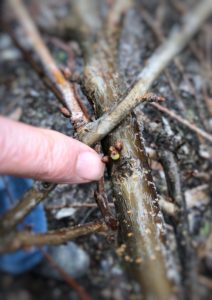
CREDIT: ANNA KING/NORTHWEST NEWS NETWORK
Ramesh Sagili, a bee expert with Oregon State University, predicted these big bee losses because of mites earlier last year.
“It’s a very lethal parasite on honey bees,” Sagili says. “It causes significant damage not only to the bee, but to the entire colony. A colony might be decimated in months if this varroa mite isn’t taken care of.”
He says unusually early and warm spring weather last year made the bees start rearing baby bees early. That gave varroa mites a chance to breed and multiply too.
Varroa mothers crawl into the cells of baby bees and hide there until the bees close the cell up with wax. Then they lay an egg and rear their young on the baby bee.
Emotional Sting
When the almond blooms fade, beekeepers will truck their hives across America — from the Northwest and Dakotas to the South and Maine, chasing spring.
In Eric Olson’s foggy and frosty Washington state cherry orchard, bloom is still a while off. His crew is busy pruning away the wood that would block light to the fresh fruit.
He’s helps manage one of the largest beekeeping businesses in the Northwest.
He says their hives experienced a dramatic loss this year. But it’s not as bad as when he lost about 65 percent of them.
“That’s when I cried,” says Olson, who served 20 years in the Air Force. “I was a pilot, and I spent my time in combat situations. Never in my life was I as low as when we lost 65 percent of those bees.”
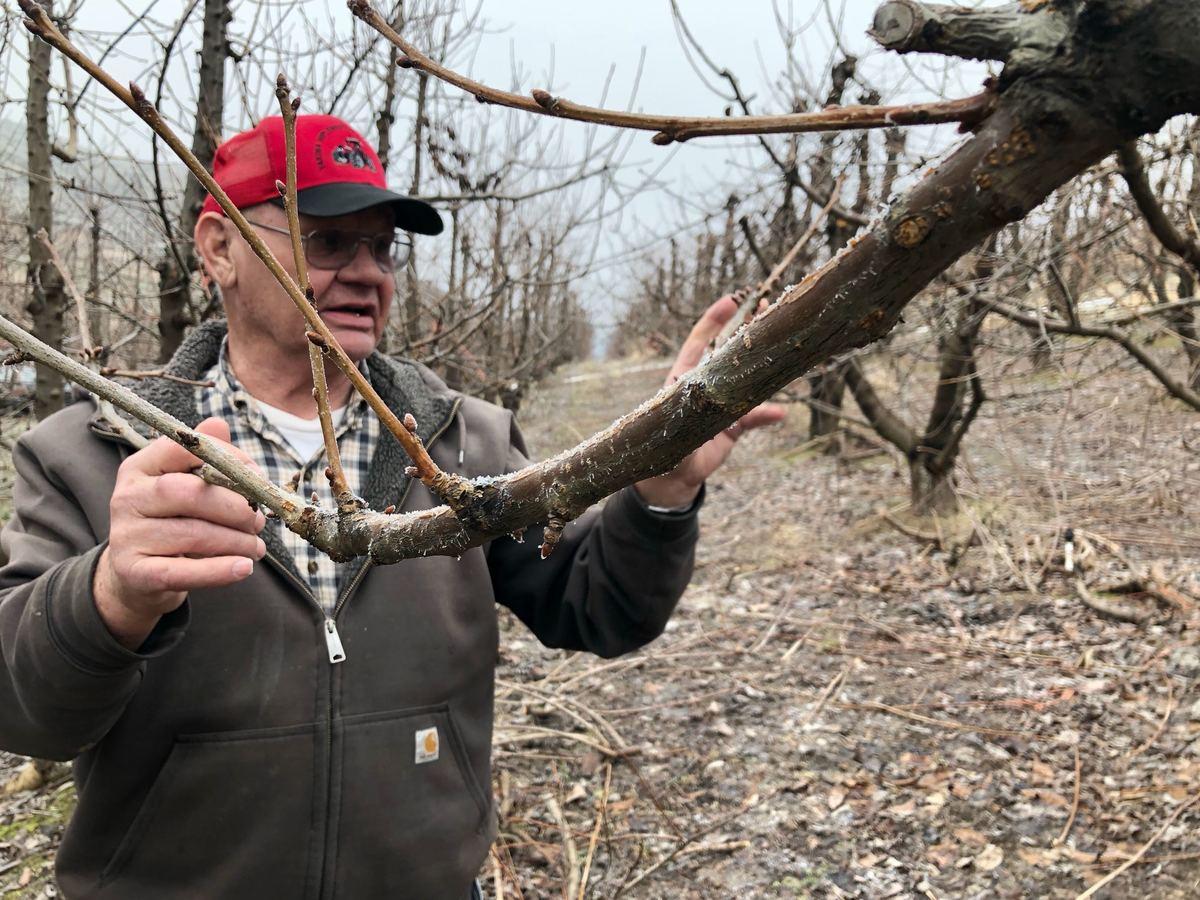
Eric Olson, 75, of Selah, Wash., points out the fruiting wood on his cherry tree. Pruning helps to open the canopy so the fruit can ripen well, and cuts back on fast-growing branches called suckers that can sap the tree’s energy away from the valuable fruit.
CREDIT ANNA KING / NW NEWS NETWORK
Chasing Spring
Still, spokespeople for the almond industry are saying it’s all fine.
“Orchard growers who have long-standing relationships with beekeepers are not experiencing problems,” says Bob Curtis, a consultant for the Almond Board of California. “Folks that are having trouble are the ones that don’t make the contracts in the fall with beekeepers.”
If Northwest growers line up beekeepers early, Olson says he expects there will be enough bees for the region’s smaller fruit tree bloom. Still, he’s worried for his orchardist friends.
“If I can’t get bees in my cherries I’m in trouble,” Olson says. “I don’t have a crop. What do I do? I don’t know.”
Surveys later this spring will give a better idea of nationwide bee losses, but that might be too late for orchardists at the end of the pollination line.
Copyright 2019 Northwest News Network
Related Stories:
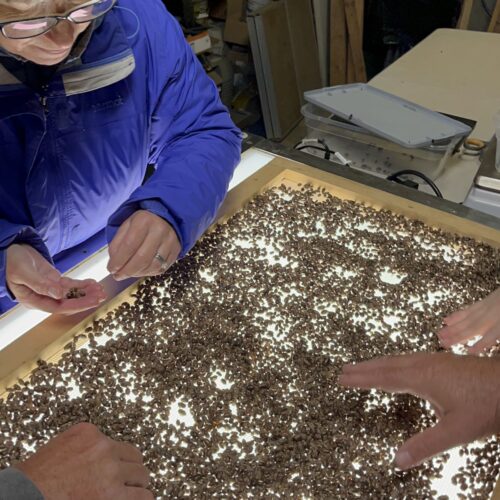
The dirty work of owning mason bees
Every October in the backyard of a Bothell home, a team of workers swarm around millions of blue orchard mason bees, to harvest the hibernating bees.
The company, Rent Mason Bees, quickly takes apart and cleans the wooden nesting blocks that gardeners and farmers across the state use in the spring to house these tiny pollinators. The company offers this service as part of its mason bee rental program.
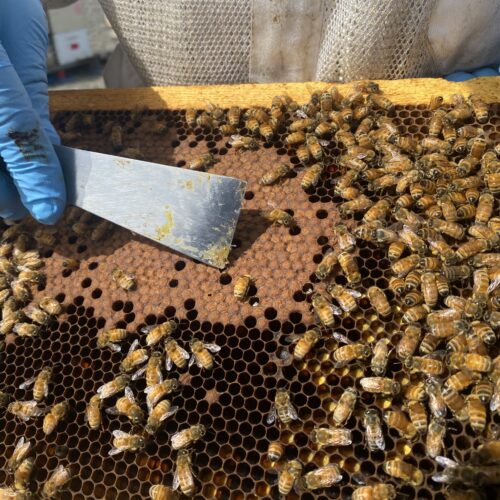
Fewer Northwest bees shipped to California’s almonds could be a buzzkill for Washington and Oregon crops
Brandon Hopkins, a bee researcher with Washington State University, points May 15 with his hive tool to the new bee larvae cells where baby bees develop in the hive near
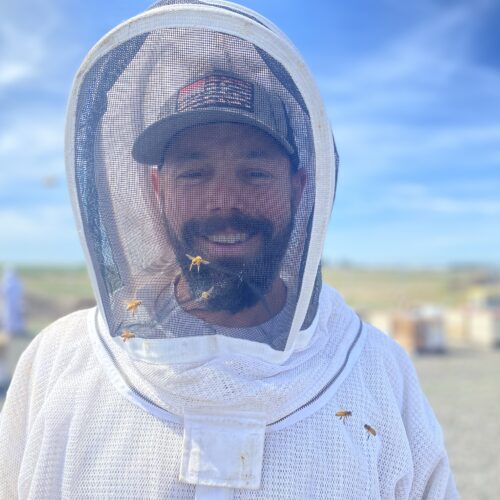
Fly, you die: Northwest bees that fly during mild winter weather less likely to survive until spring
Brandon Hopkins, 42, with Washington State University, stands in front of the university’s bee colonies at a facility in Othello, Washington, where he and a team were examining the hives.

